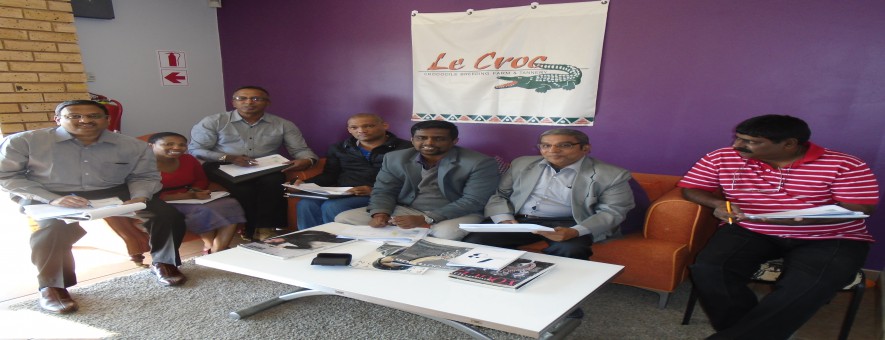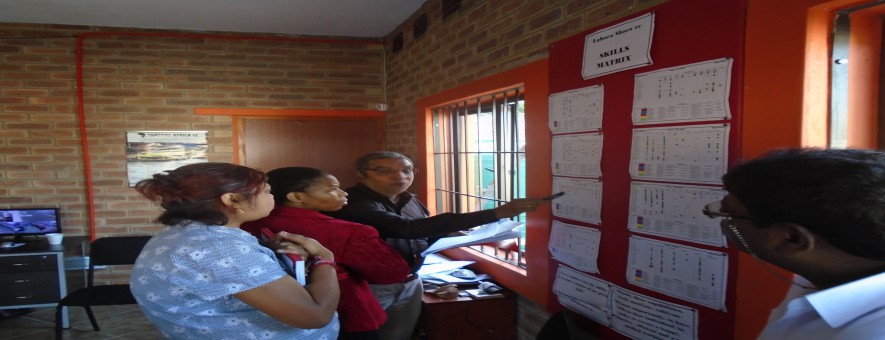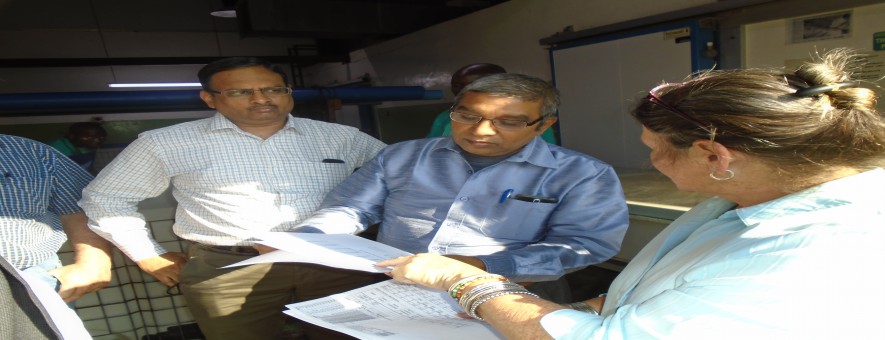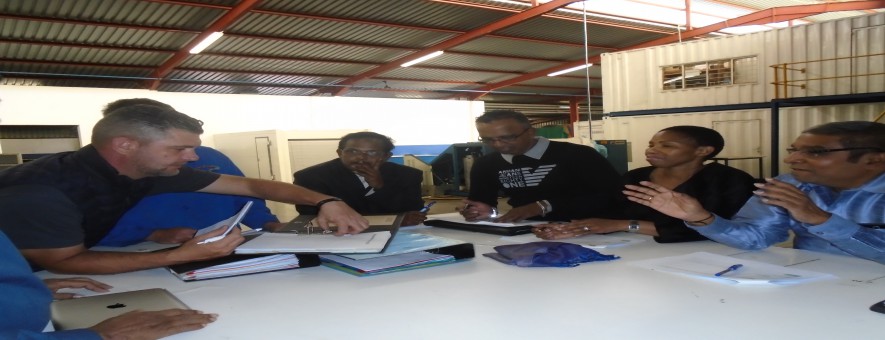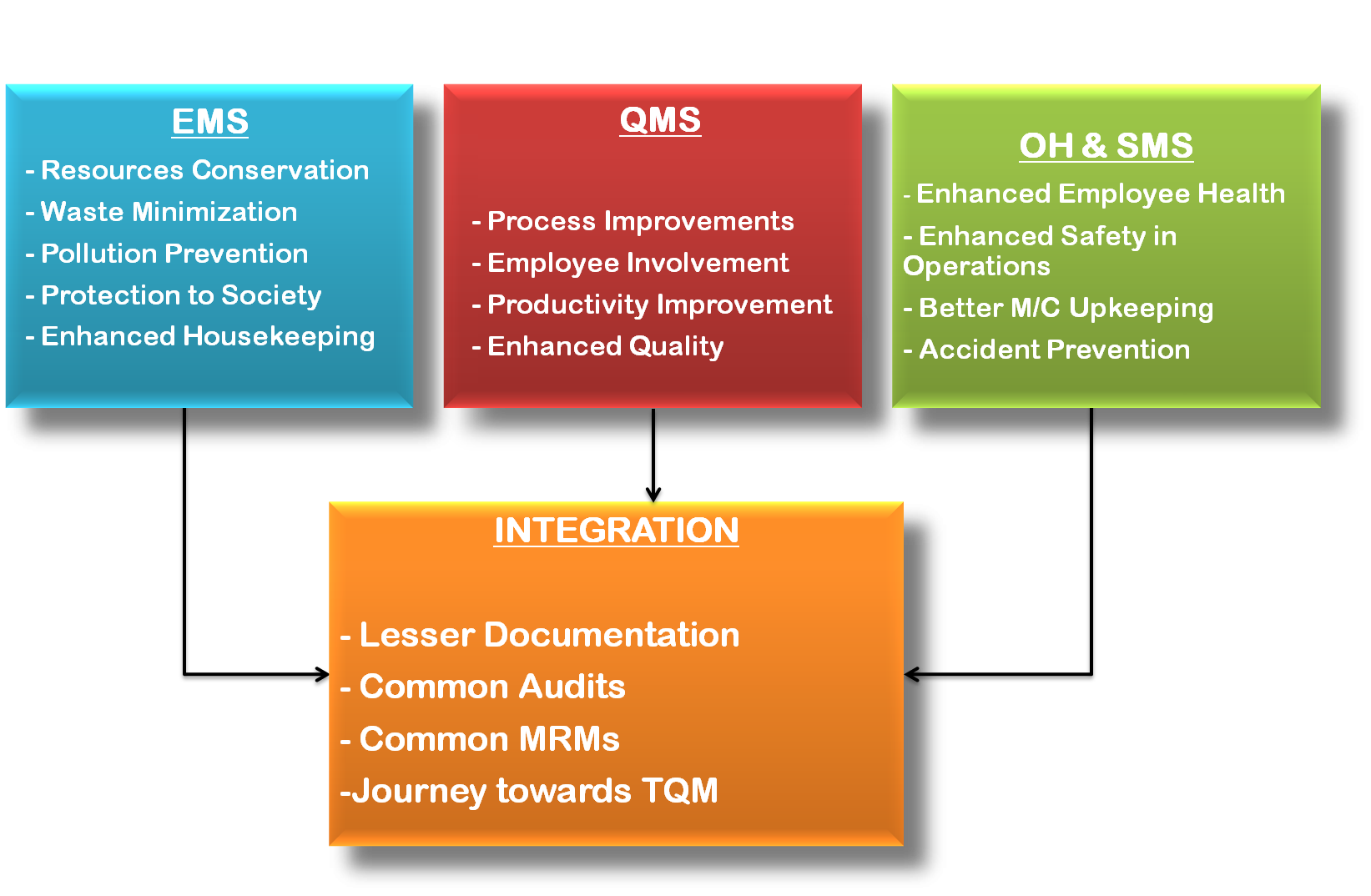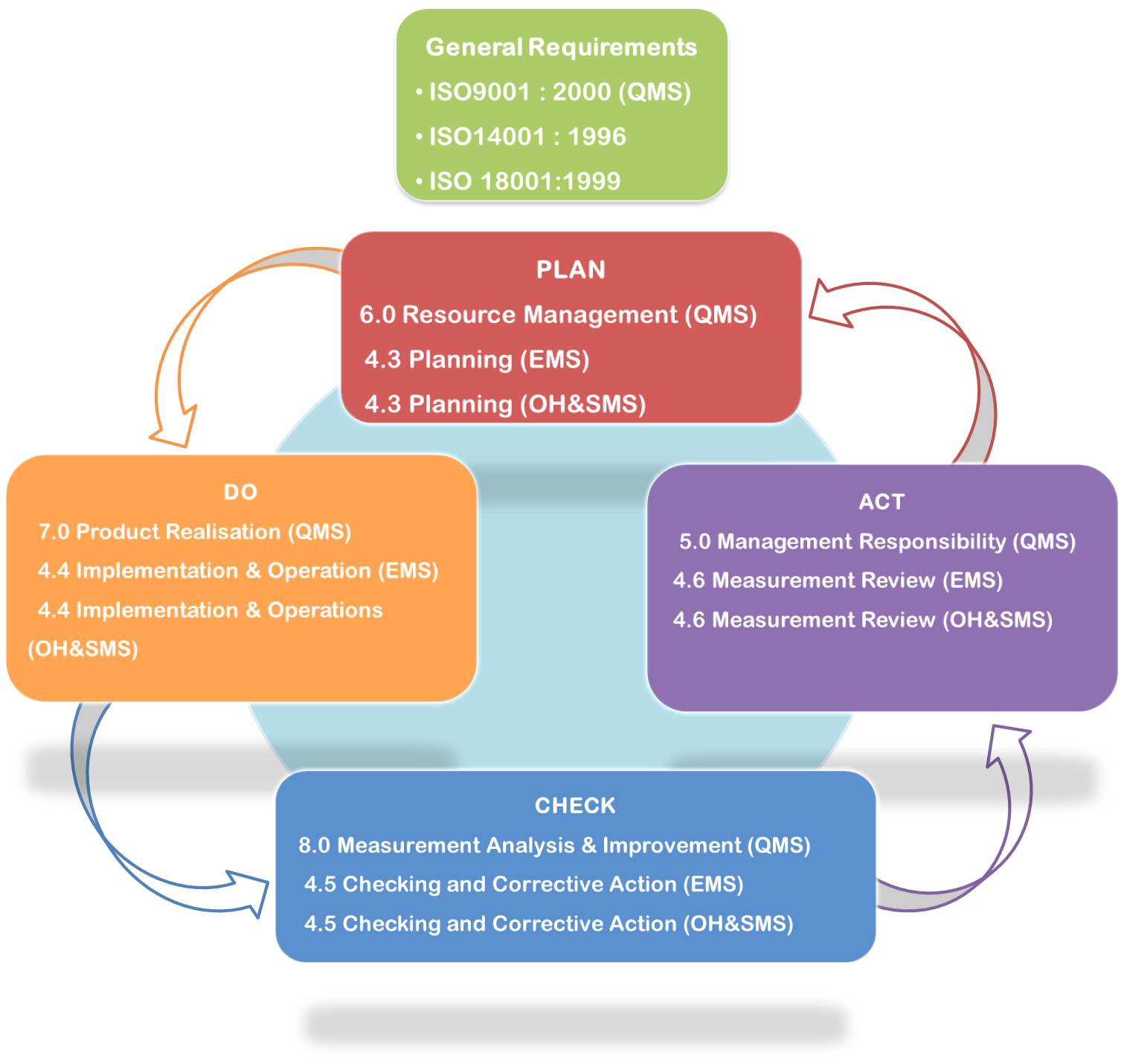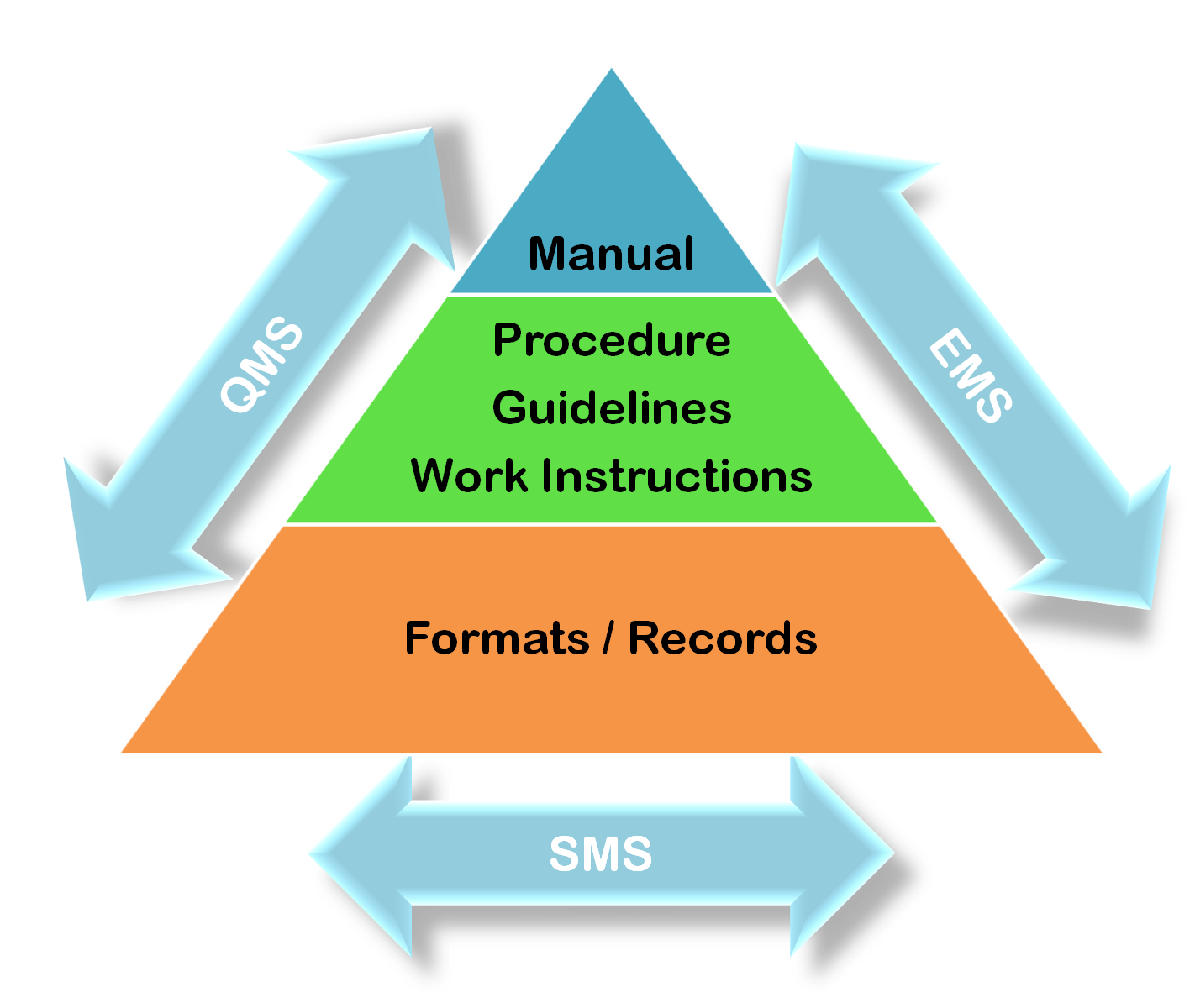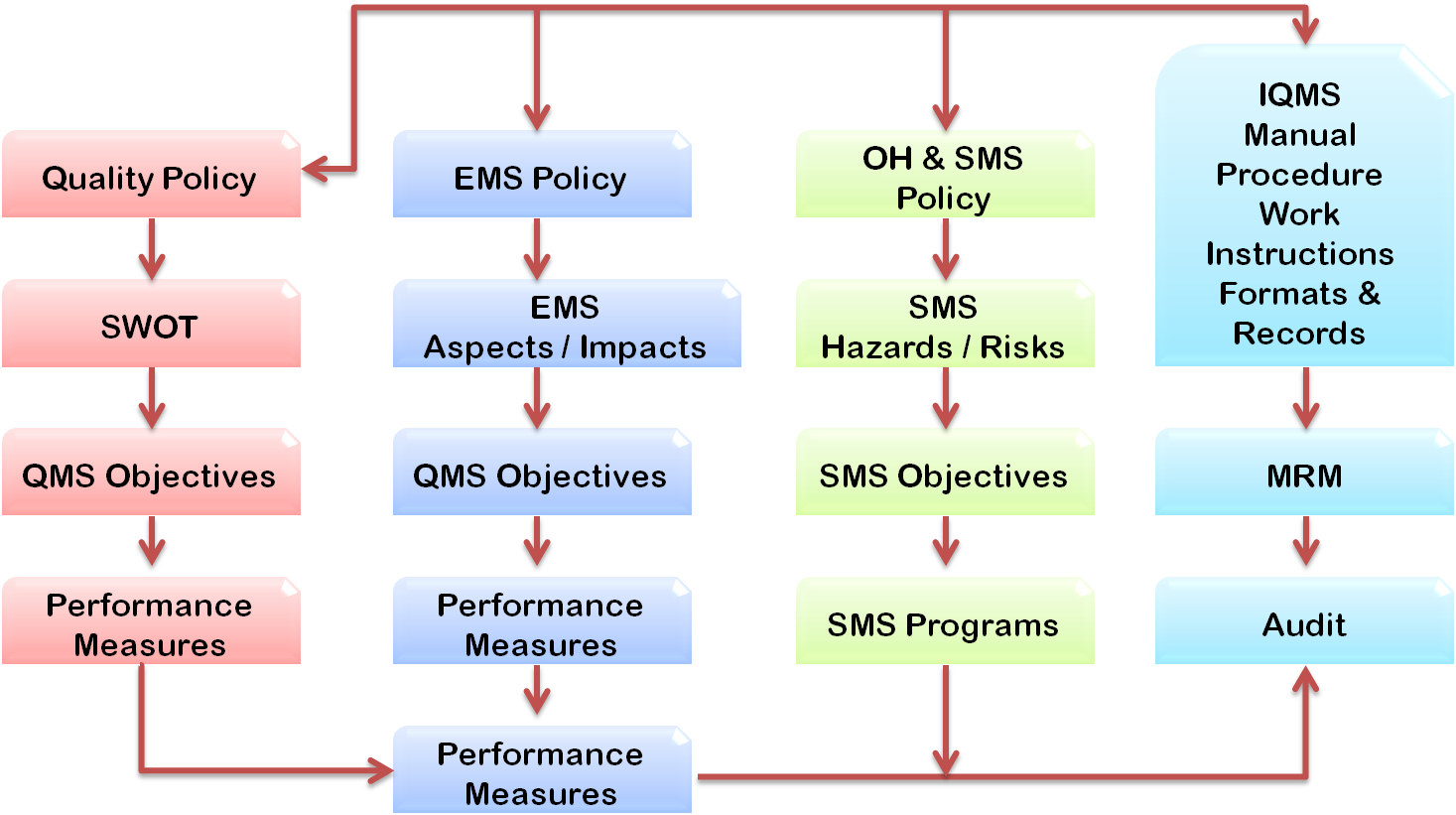Business Assurance Services (BAS)
We also have developed a unique Integrated Quality Management System , covering ISO 9001:2015 , ISO 14001:2015 , ISO 45001:2018 with single documentation ,Audit and certification , the first time in India.
ISO 14001:2015 Certification
ISO 45001:2018 Certification
TS 16949 (IATF 16949 : 2016) Certification
ISO 22001:2005 Certification
ISO 27001:2013 Certification
ISO 50000 : 2011 certification
SA 8000:2014 Certification
IMS
Bench Marking
Business Assurance Services - ISO 9001:2015
In todays business compliance regulations, a certified Quality Management System (QMS) based on ISO 9001:2015 standards is almost a minimum requirement. URS productively has helped hundreds of companies since 1995 , in establishing QMS , obtaining the certification. The unique approach of URS here is to ensure that the QMS system is integrated with management control requirements and the organization gets business value from the system as well.
Benefits Of ISO 9001
External Benefits From the View Point Of the Customer
Increased Customer Confidence
Increased market
Preferred supplier status
Many Indian and Overseas customer now suggest that their key suppliers are ISO certified
Internal Benefits From the View Point Of the Company
Well Documented Systems
Less Rejections and Quality Cost
Improved Productivity
Continuous Improvement
Starting Platform for concepts like BPR and TQM
URS Values
Our Basic Value in ISO 9001 implementation is to provide our clients much more than the certification. To achieve this we focus on improvement of systems rather than simply meeting the requirements of the standard. We ensure integration of ISO 9000 systems with business improvement.
METHODOLOGY
ST1 PREPARATORY STAGE
ST11 Vision,Mission, Policies and Business Plan in line with context of Organization
ST12 Induction of Stake Holders
ST13 Top Management Training
ST2 SYSTEM DEVELOPMENT STAGE:
ST21 System Study
ST22 Identification of system gaps
ST23 Development of New Systems / Processes
ST24 Risk Analysis
ST25 Management Plans
ST26 Objectives and Performance Measures
ST27 Organization Structure
ST3 SYSTEM IMPLEMENTATION:
ST31 Documented Information on SOPs
ST32 Documented Information on Processes
ST33Documented Information Templates and Formats
ST34Implementation Support Training at all levels
ST35Training on Internal Audit
ST4 INTERNAL AUDIT AND CORRECTIVE ACTIONS
ST41 Internal Audit
ST42 Management Review
ST5 Stage I audit (Readiness Review)
ST6 CERTIFICATION AUDIT
Business Assurance Services - ISO 14001:2015
Compliance to certify Environment Management System (EMS) based on ISO 14001:2015 makes business sense as this standard helps in controlling the waste , and also unproductive time loss in litigations. URS productively has helped several organizations since 2000 , in establishing EMS , obtaining the certification. The unique approach of URS here is to ensure that the EMS system is integrated with management control requirements and the organization gets business value from the system as well.
Benefits Of ISO 14001
External Benefits From the View Point Of the Customer
Threats from society, government on environmental issues are minimized.
Trade barrier from certain customers is avoided.
The unproductive time loss in litigation is avoided.
Certain solutions for EMS may increase productivity.
Since lesser the input, lesser the pollution, efforts to minimize inputs is under taken.
Reprocessing is controlled.
Waste minimization
Energy and water conservation
Objective
Our Basic Value in ISO 14001 implementation is to introduce an EMS system that results in input saving for organization, Process Optimization and Energy Efficiency.
Approach
Process survey identifying the waste / emission sources , type and severity will be conducted , covering all the activities of the company. Risk evaluation will be performed to prioritize the environmental aspects. Environment Management Programs (EMPs) will be drafted based on the aspects , environmental policy of the company. Mechanism for monitoring the implementation will be introduced. Environment Management Documentation will be prepared covering all these issues. A software is provided for monitoring objectives , targets , action plans.
METHODOLOGY
ST1 PREPARATORY STAGE
ST11 Vision,Mission, Policies and Business Plan in line with context of Organization
ST12 Induction of Stake Holders (Legal Requirements /Gap Analysis and Action planning)
ST13 Top Management Training
ST2 SYSTEM DEVELOPMENT STAGE:
ST21 System Study
ST22 Identification of system gaps
ST23 Development of New Systems / Processes / Response to Emergency
ST24 Risk Analysis, Identification of Environmental Aspects
ST25 Objectives, Management Programs , Controls
ST26 Performance Measures
ST27 Organization Structure
ST3 SYSTEM IMPLEMENTATION:
ST31 Documented Information on SOPs
ST32 Documented Information on Processes
ST33Documented Information Templates and Formats
ST34Implementation Support Training at all levels
ST35Training on Internal Audit
ST4 INTERNAL AUDIT AND CORRECTIVE ACTIONS
ST41 Internal Audit
ST42 Management Review
ST5 Stage I audit (Readiness Review)
ST6 CERTIFICATION AUDIT
Business Assurance Services - ISO 45001:2018
Compliance to certify Safety Management System (SMS) based on ISO 45001:2018 makes business sense as this standard helps in controlling the production losses due to incidents and accidents, and time loss in litigations as well. URS productively has helped several organizations since 2000, in establishing SMS , obtaining the certification. The unique approach of URS here is to ensure that the SMS system is integrated with management control requirements and the organization gets business value from the system as well.
Benefits Of ISO 45001:2018:
Enhanced employee health
Enhanced Safety in Operations
Better UP- keeping Of Machines
Accident prevention
URS Values
Our Basic Value in ISO 45001:2018 implementation is to introduce a SMS system that results in safe work practices , safe working conditions and better equipment maintenance
Approach:
Process survey identifying the safety hazards/ risks , type and severity will be conducted , covering all the activities of the company. Risk evaluation will be performed to prioritize the safety hazards. Safety Management Programs (SMPs) will be drafted based on the safety hazards , Safety policy of the company. Mechanism for monitoring the implementation will be introduced. Safety Management Documentation will be prepared covering all these issues. A software is provided for monitoring objectives, targets, action plans.
METHODOLOGY
ST1 PREPARATORY STAGE
ST11 Vision,Mission, Policies and Business Plan
ST12 Induction of Stake Holders(Legal Requirements /Gap Analysis and Action planning)
ST13 Top Management Training
ST2 SYSTEM DEVELOPMENT STAGE:
ST21 System Study
ST22 Identification of system gaps
ST23 Development of New Systems / Processes / Response to Emergency
ST24 Risk Analysis, Identification of Safety Hazards
ST25 Objectives, Management Programs, Controls
ST26 Performance Measures
ST27 Organization Structure
ST3 SYSTEM IMPLEMENTATION:
ST31 Documented Information on SOPs
ST32 Documented Information on Processes
ST33Documented Information Templates and Formats
ST34Implementation Support Training at all levels
ST35Training on Internal Audit
ST4 INTERNAL AUDIT AND CORRECTIVE ACTIONS
ST41 Internal Audit
ST42 Management Review
ST5 Stage I audit (Readiness Review)
ST6 CERTIFICATION AUDIT
Business Assurance Services - TS 16949 (IATF 16949 : 2016)
The Need:
IATF 16949 : 2016 is an Quality Management System standard for automotive production and relevant service part organizations. This standard has to be considered in conjunction with ISO 9001: 2015 and customer specific requirements for the automotive supply chain to conform to the Automotive Quality Management system adopted by OEMs.


Benefits Of IATF 16949 : 2016
Enhanced Corporate Image (External)
Lean Practices such as Kaizen, 5S, SQC, SPC15:35 17/02/2017, FMEA
Implementation of Performance Measures
Identification of Process Non Conformity Analysis and Control
Improvement of Process Quality
Improvement of Process Throughput Time
Possible Reduction in Process Cost
Continuous Improvement
URS Values
Our Basic Value in Of IATF 16949 : 2016implementation is to introduce a Automotive Quality Management , with powerful process improvement tools to make the organization TQM ready.
Approach:
A Process oriented approach with controls on input, Process, Output framework will be used besides stream lining the process artifacts namely the tools. The tools will encompass tools for control tools for analysis and improvement. Process wise metrics will be inherent part of the process.
METHODOLOGY
ST1 PREPARATORY STAGE
ST11 Vision,Mission, Policies and Business Plan
ST12 Induction of Stake Holders(Legal Requirements /Gap Analysis and Action planning)
ST13 Top Management Training
ST2 SYSTEM DEVELOPMENT STAGE:
ST21 System Study
ST22 Identification of system gaps
ST23 Development of New Systems / Processes / Process Metrics
ST24 Core Tools - APQP , PPAP , FMEA , SPC , MSA
ST25 Objectives, Management Programs, Controls
ST26 Performance Measures
ST27 Organization Structure
ST3 SYSTEM IMPLEMENTATION:
ST31 Documented Information on SOPs
ST32 Documented Information on Processes
ST33Documented Information Templates and Formats
ST34Implementation Support Training at all levels
ST35 Training on Process Improvement Tools 5S , Kaizen
ST36 Training on Internal Audit
ST4 INTERNAL AUDIT AND CORRECTIVE ACTIONS
ST41 Internal Audit
ST42 Management Review
ST5 Stage I audit (Readiness Review)
ST6 CERTIFICATION AUDIT


